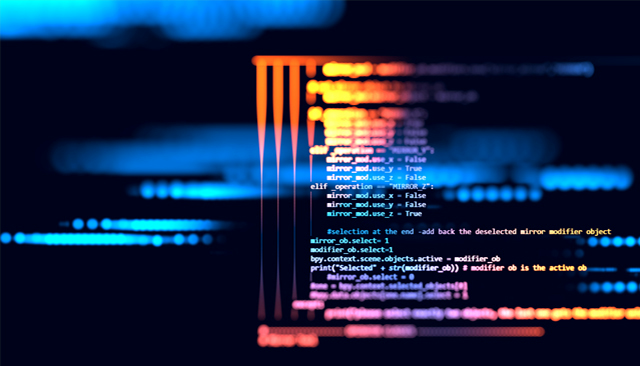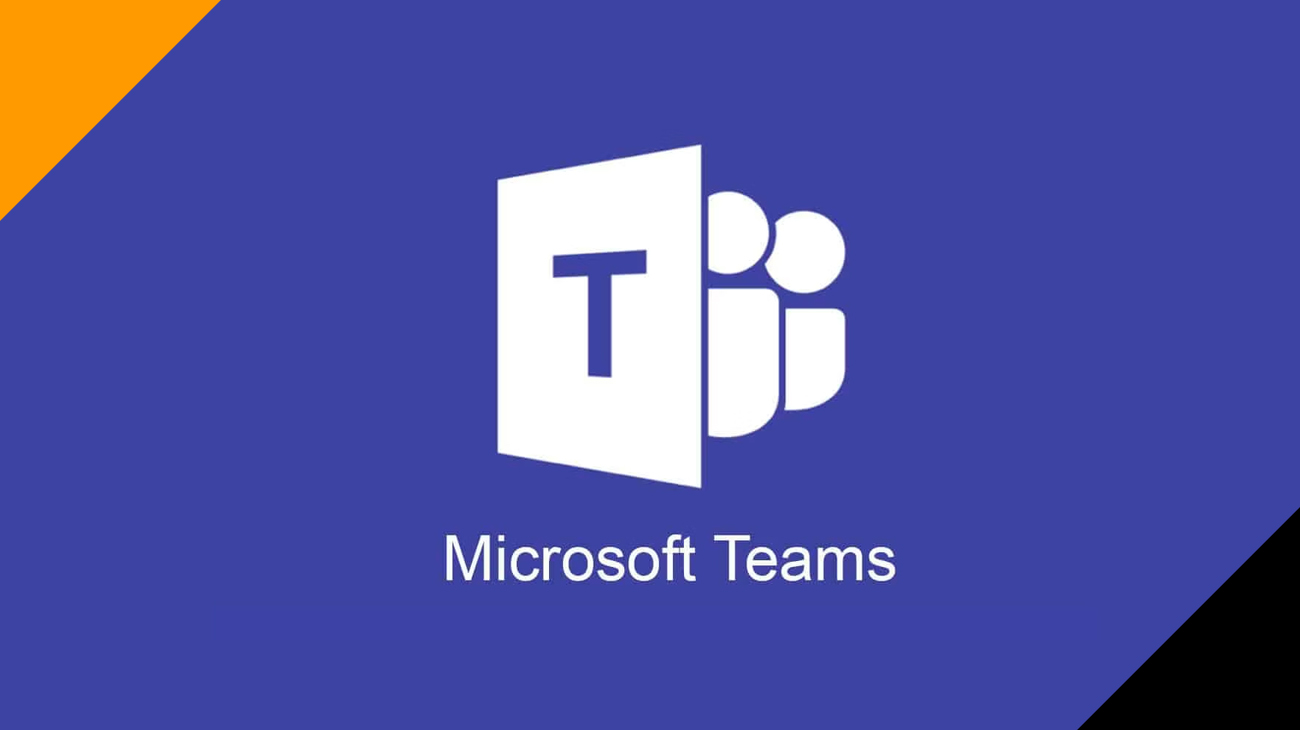Which Tools Are Used For Static Application Security Testing?
Static analysis aids in terms of development teams that are under pressure—quality releases need to be delivered in a timely manner. Coding and compliance standards must be adhered to at all times. And mistakes are not an option you have. That’s why development teams are opting to utilize static analysis tools. Here, we discuss the static analysis and the benefits of using a static code analysis tool.
Table of Content
- Definition of Static Analysis
- Static Code Analysis Solution
- When is analysis used?
- Why you should use analysis.
- The benefits of Static Analysis Tools
- What are the limitations of Static Analysis Tools?
- Choosing a Static Analysis Tool
- List of tools for code analysis
Definition of Static Analysis

Static analysis is a debugging method that examines source code before a program is run. It’s done by analyzing a code set up against a set (or several sets) of coding rules. Static analysis and static analysis are usually used interchangeably and object code analysis.
Static analysis (which is also referred to as static code analysis and source code analysis) utilizes tools to review program code, looking for application coding flaws, malicious code, or other back doors that could give hackers access to crucial company data or customer information. In some scenarios, the analysis static is performed on some source code version; in others, it is performed on some form or kind of object code. When static analysis scans source code or object code, it evaluates the security and function of the software when the program is not running. Generally, this is early on in the development lifecycles. Static analysis is usually performed by an automated tool.
This form of analysis addresses weaknesses in object code that might lead to vulnerabilities. Of course, software developers may also achieve this with their code during code reviews, through manual code reviews. However, utilizing automated tools is much more effective. Often, static analysis is used to comply with coding guidelines like MISRA. And it’s usually used for complying with industry standards — for instance, ISO 26262.

Static Code Analysis Solution
You perform Static analysis early in the development stages/development process before more complex software testing begins. For organizations practicing DevOps, static analysis occurs during the “Create” stage/phase. DevOps is also supported by Static code analysis, which creates an automated feedback loop. Application developers are able to detect early on if there are any problems or defects in their code. And it will make it easier and cheaper to fix those problems, thus, reducing your potential technical debt or doing away with it entirely.
When Is Analysis Used?
So, what is the difference between static analysis and dynamic analysis? The main difference between static and dynamic analyses lies in when defects are found in the software development life cycle (SDLC). The static analysis identifies coding and unit testing weaknesses without any code execution. The dynamic analysis identifies deficiencies during unit testing and examines how code behaves during execution.
Both types detect defects. The big difference is where they find bugs or flaws in the development lifecycle. The static analysis identifies defects before running a program (e.g., between coding and unit testing). The dynamic analysis identifies defects after running a program (for example, during unit testing). But, some coding errors might not surface or be detected at the unit testing phase. So, there are defects or runtime errors that dynamic testing might not detect that static analysis of code can find.

Why You Should Use Analysis Software
- You have reduced workload — Since static analysis software test runs automated scans, programmers are free to spend more time working on new code and less time combing through existing code. Static analysis automatically hunts down and alerts users to harmful code. This means that software developers don’t have to spend time and resources manually combing through lines and lines of code.
- Your code undergoes thorough debugging — Software developers are all too familiar with bugs that don’t show themselves known until months or even years after an application’s release. Finding bugs via manual code inspection often relies on running the code and hoping an error reveals itself during quality assurance testing. However, with static analysis software, developers can find and resolve bugs that would otherwise have been hidden in the code allowing for cleaner deployments and fewer issues down the line.
- Your code is standardized to the best practices — Beyond debugging, static code analysis software checks code against industry-standard benchmarks for best practices. This standardized regulation keeps teams on the same page by ensuring that everyone’s code is clean and optimized. Additionally, some software allows users to customize best practices to fit the specifications of their company or department.
- You get better security — Static analysis software is often capable of finding and alerting developers of security vulnerabilities in their code. Developers can prioritize cybersecurity thanks to this form of code analysis.
The Benefits Of Static Analysis Tools

There are many benefits of static code analysis tools — especially if programmers and software companies need to comply with an industry-standard/norm.
The top analysis tools offer you as a software engineer depth, speed, and accuracy.
- You are offered speed. Bear in mind that it takes time for software developers to do manual code reviews. Automated tools, in comparison, are much faster. Static code checking helps you address problems early on before you run the program. And it also pinpoints exactly where the error is located in the code. So, you or your developer will be able to fix those errors faster. Plus, when coding errors are found earlier, it is less costly to repair.
- You are offered depth. Remember that testing can not cover (have code coverage) every possible code execution path that there is. But a static source code analyzer can do so. It checks the code for a developer as they work on their build. They will get an in-depth analysis of where there might be potential defects /problems in their code base, based on the rules they have applied. There are open source platforms like sast sonarqube used for continuous integration of inspection for code quality.
- You are offered accuracy. When dealing with manual code reviews, you must remember they are prone to human error. On the other hand, automated tools are not limited in the same way. They do avoid this by scanning every line of code to identify potential errors. This aids you in ensuring the highest-quality code checks are in place — before testing begins. After all, code quality is critical when you’re complying with coding standards.
What are the limitations of Static Analysis Tools?

These tools also have their own set of limitations; we will be looking at those in the section below. Static tools usually have difficulty identifying unexpected security-related issues or software bugs that may arise during runtime.
Since misconfigurations constitute a significant source of complex security vulnerabilities, you are advised that static analysis alone is not sufficient to guarantee that you have reliable web application security; thus, you must look for another option to avoid security issues.
In the case where applications (in an integrated development environment – IDE) dynamically load third-party libraries from static code, dynamic analysis becomes the more feasible approach to ensuring security. These applications have an application programming interface (API) that allows this, same as Microsoft apps.
Analysis tools may produce false positives/false negatives in the results because of their reliance on the abstract models and representations of program data flows and logic, along with their inability to understand developer intent within given coding contexts.
The best approach you can use to ensure the application’s security is to combine both static and dynamic code analysis in the SDLC. This allows a developer to have the best of both worlds – static analysis can improve overall code and software quality by eliminating many quality issues before runtime. At the same time, a dynamic study finds errors at runtime and vulnerabilities that could not be detected using static methods.
Choosing A Static Analysis Tool

You should consider the Programming Language.
Analyzers are made/designed for many different programming languages (such as Java, Javascript, python, github, php, and sql). So, it’s essential to choose a code review tool that has your supported languages.
Standards
One of the primary utilities of static analyzers is to be in line or comply with the set standards or metrics. So, if you are developing lines of code in a regulated industry that requires/has a coding standard, you’ll want to make sure you have tool supports that are standard.
Not all static code analyzers are the same, and you need the right one to analyze open source code sufficiently. However, choosing a suitable static analyzer can be a time-consuming challenge.
List of Tools for Code Analysis
| Tools are available for free | Tools that you will have to purchase |
|
|










